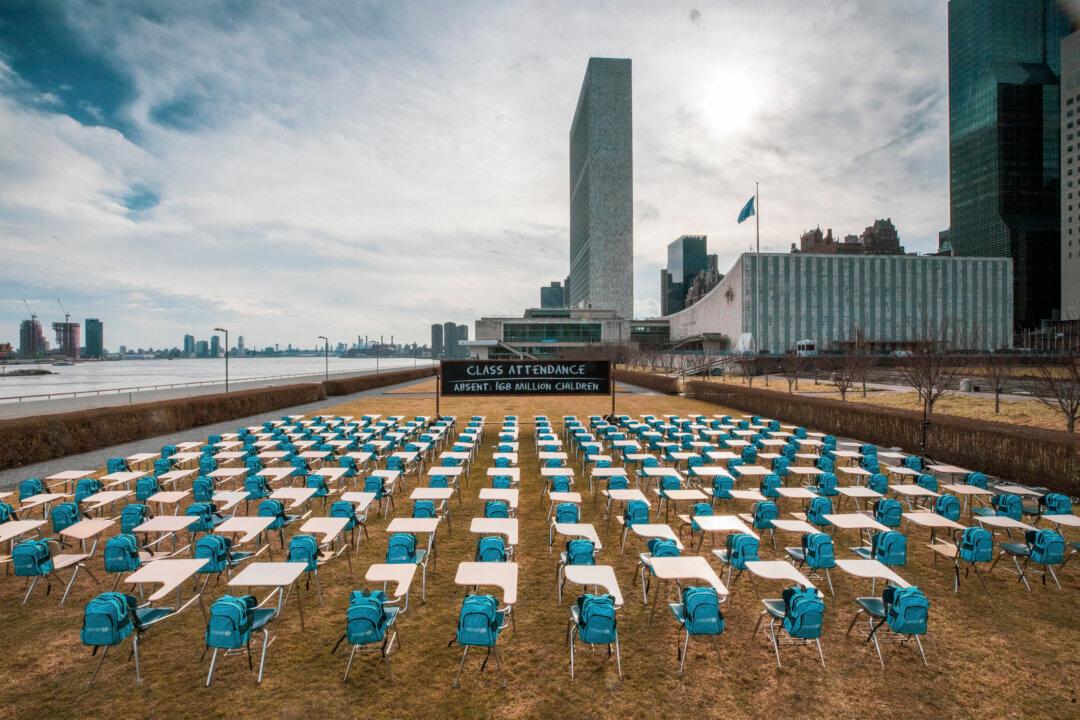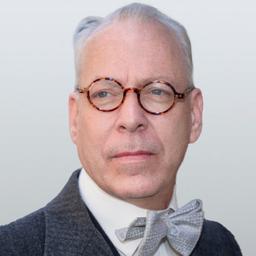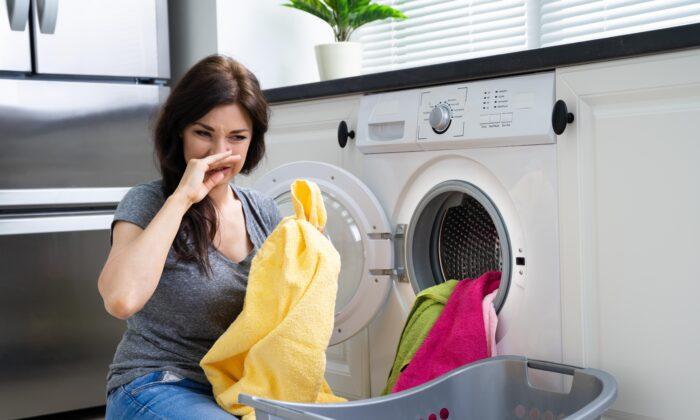This policy affected everyone without exception. We are going to live with its devastating consequences for the remainder of our lives. It’s already here among the under-30 population, in the form of ill-health, illiteracy, innumeracy, digital addiction, substance abuse, emotional immaturity, psychmed attachments that ruin lives, astonishing intellectual superficiality, deep and dark cynicism, and philosophical nihilism.
Does it seem like we should know something about how this happened? Why did this happen? You might think so but the subject is not really part of public debate. The legacy media ignores it. It’s also hard to discuss with friends, family, and neighbors because most people supported it at the time.
This is why this book—I seriously doubt a better one will come along—is so crucial. The research is in depth. It is brilliantly written. It examines every facet of the policy, from its origins, its fake science, its implementation, and why it continued on as long as it did. Every page has a shocker. As much as I knew, and as much as I opposed what was unfolding from the start, this one really rattled me.
The cruelty. The disregard of evidence. The sheer barbarity of it all.
I’ve long followed Zweig’s work as a journalist. His craft begins with intense curiosity and a special focus on features of the social and economic world others overlook. We long shared an interest in structural issues of work life. He has already written a great book on what he calls the “invisibles,” workers who make everything in society function but seek neither fame nor fortune.
I met him in person for the first time during the height of lockdown, in October 2020 because he was one of only a few journalists who answered a call I put out to meet three famed epidemiologists to speak about the policies that had gripped the world. The subject was the lockdowns, closures, and crazy rules about distancing to separate every person from every other.
The story is important to underscore the point. Zweig is not just a laptop journalist. At a time when so many others were hunkered down, hiding from the invisible enemy, he dared to get out, investigate, and learn. It’s hard to recreate those strange times from just five years ago, but these were days in which people were practically bathing in sanitizer and looked upon their fellow man as disease vectors. Not Zweig. His passion for the truth motivated him to dig deeper than most others.
He said at the time that he was thinking about writing a book about the unfolding disaster. There are so many features of the pandemic response that merit discussion. Oddly, comparatively little attention has been paid to the school closures and the imposed regime of online learning. Industry loved it but families and taxpayers not so much.
I would rather you pick up the book than trust my summary. Still, one has to summarize. He observes that not just one factor caused the prolonged wreckage. It was a combination: bad science, bad information, awful media messaging, political hysteria, labor union power, a disregard for the well-being of kids, no exit plan, and general bureaucratic scoliosis that prevented adaptation to new evidence.
The power of the book is the narrative evidence. There are so many shocking facts, such as how scientific forecasters living on government money were consistently outdone and outsmarted by private-sector programmers and management consultants. He further scrubs off the veneer of a vast amount of claims from academic journals and presumptions of the expert class.
You cannot finish this book with a shred of respect for what’s called Public Health. It is not only misnamed; it is antonymously named.
What effect has this had on the culture of education? It has fed a dark loathing that is just under the surface.
The public schools in this country are backed by a kind of social contract. We pay taxes, mostly property taxes. Those with kids in school think of these as a fee for service, a forced tuition for the use of the schools. Everyone else is told that good schools are essential for great communities, so it is in their interest to pay also. Vast amounts of community life revolve around them.
In mid-March 2020, the unthinkable happened. Local officials all over the country suddenly shut them down. The excuse: an “abundance of caution.” The kids were never in danger themselves but they were suddenly regarded as disease vectors. If we were going to stop the spread, we had to keep the kids away from each other. It’s in the interest of those who were actually vulnerable. Thus were the interests of the kids sacrificed for the interest of the aged and infirm.
In theory. In reality, there was never a shred of evidence that school closures stopped any transmission and lowered any death rates. European schools opened quickly. Most schools in the world did too. Very early on, all these governments and their health departments were reporting no deleterious consequences from the decision.
The data was all there: opening schools did nothing to increase the dangers of the disease to the public.
In the United States, it was different. The international research was not reported by mainstream media. It was wholly ignored. The closures went on and on, even as fatalities plunged and the virus mutated again and again to less virulent strains.
An ethos had grabbed hold in which those who pushed for opening were seen as Trump-aligned; even the closures had begun during the last year of his first term. As a means of social and political signaling, all elite circles rallied around keeping the kids spinning in despair at home, staring at laptops, and pretending to learn with online assignments. They were given fake grades while being forcibly prevented from in-person activities and socializing.
Homeschooling went from a legally suspicious practice to one that became mandatory overnight, much to the astonishment of people who had pushed for this for decades. But the impact on home life was devastating. Moms and dads left work and became tutors while also trying to keep their kids up on schoolwork and otherwise keep them entertained.
It was all impossible, so of course parents acquiesced to allowing more screen time that they had previously discouraged. The online classes required the use of video sites that had been previously restricted. The result was intellectual and moral corruption, and the full waste of one or maybe two years of precious time in the lives of millions.
Even after having read Zweig’s definitive account, I’m still left with a sense of astonishment that this ever happened, and retain some sense of puzzlement about it all.
The public schools in this country, as shabby as many of them have been for a long time, have been the pride and crowned jewel of Progressivism for longer than a century. One might have supposed that the people who are progressively aligned would defend them no matter what, and certainly not permit them to be closed for a year and longer.
I knew at the time that disaster would result. More than that, I knew that change would come to the entire sector.
Here we are today and the Department of Education is eviscerated, homeschooling is ubiquitous, private schooling has never been more popular, and states are considering completely eliminating the funding source of public schooling, namely property taxes.
There it is: the blowback. Still no refunds on taxes and tuition and precious few apologies but at least we see some change of direction.
The damage simply cannot be undone. Look around today at young people and you know it. There is vast amounts of work that the remaining adults in the room must do to reverse the calamitous edicts of the expert class that wrecked life and education for an entire generation of kids.







